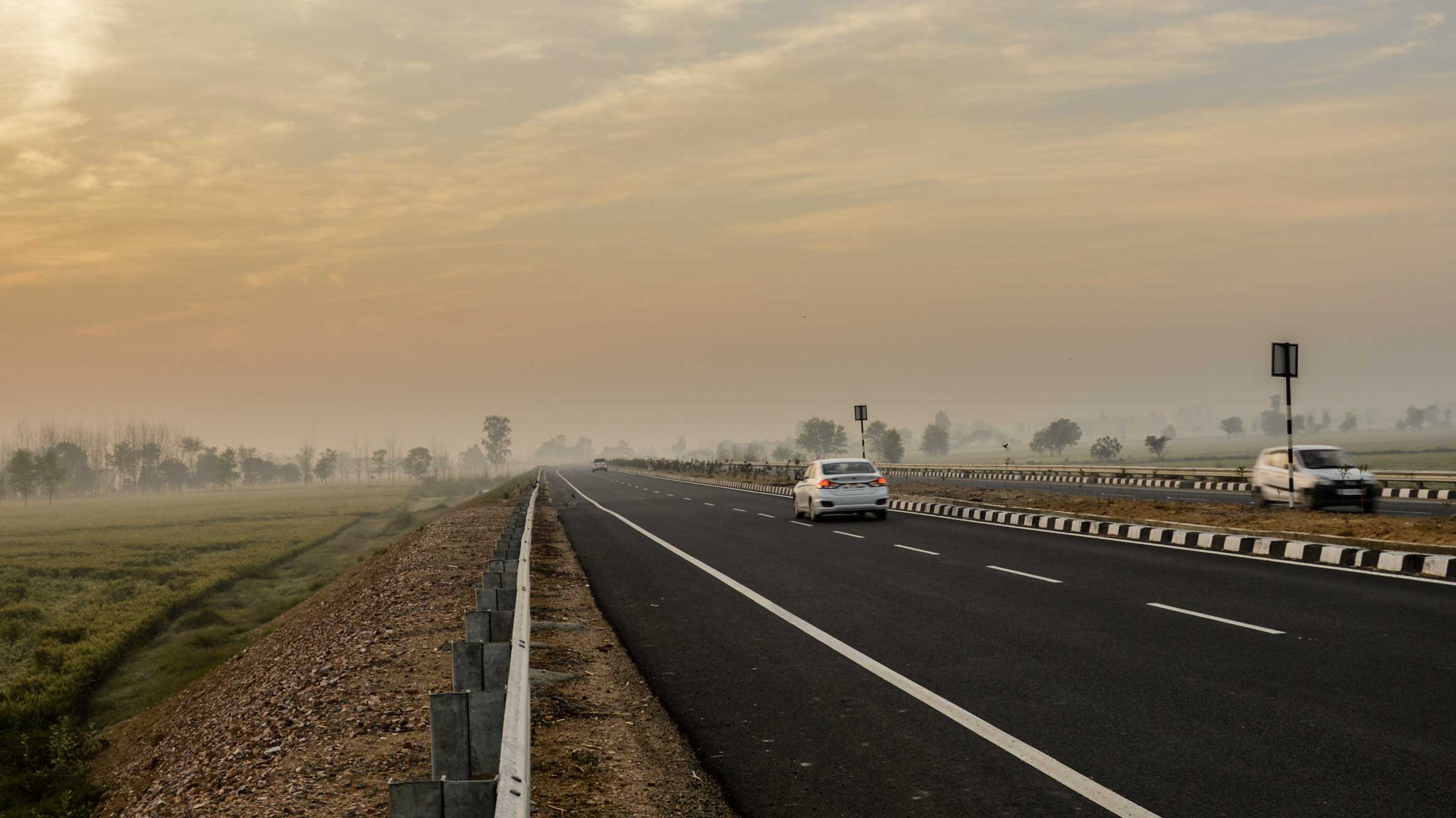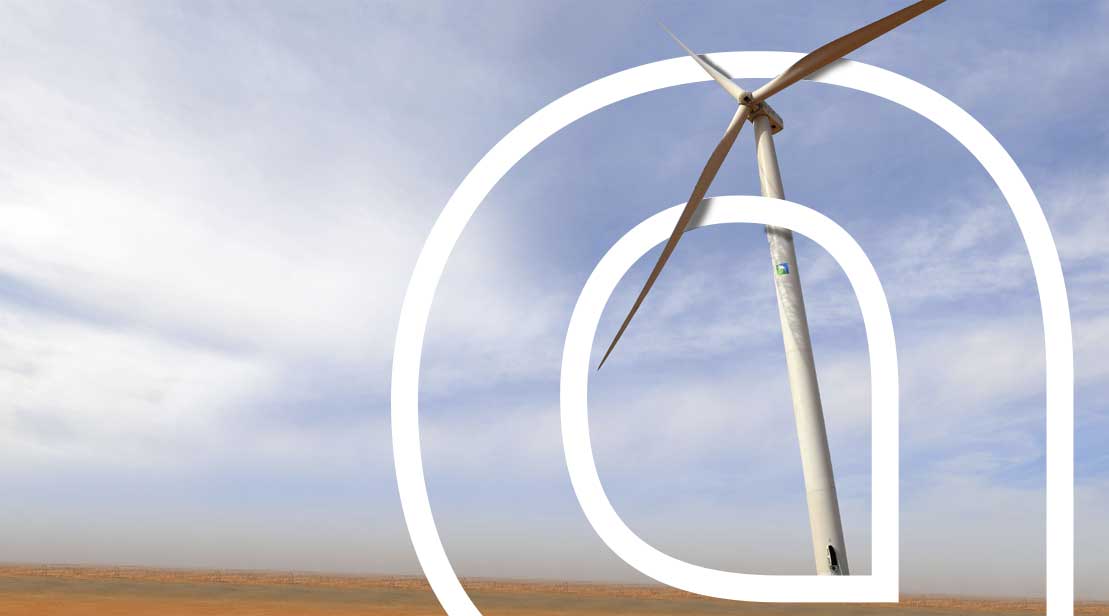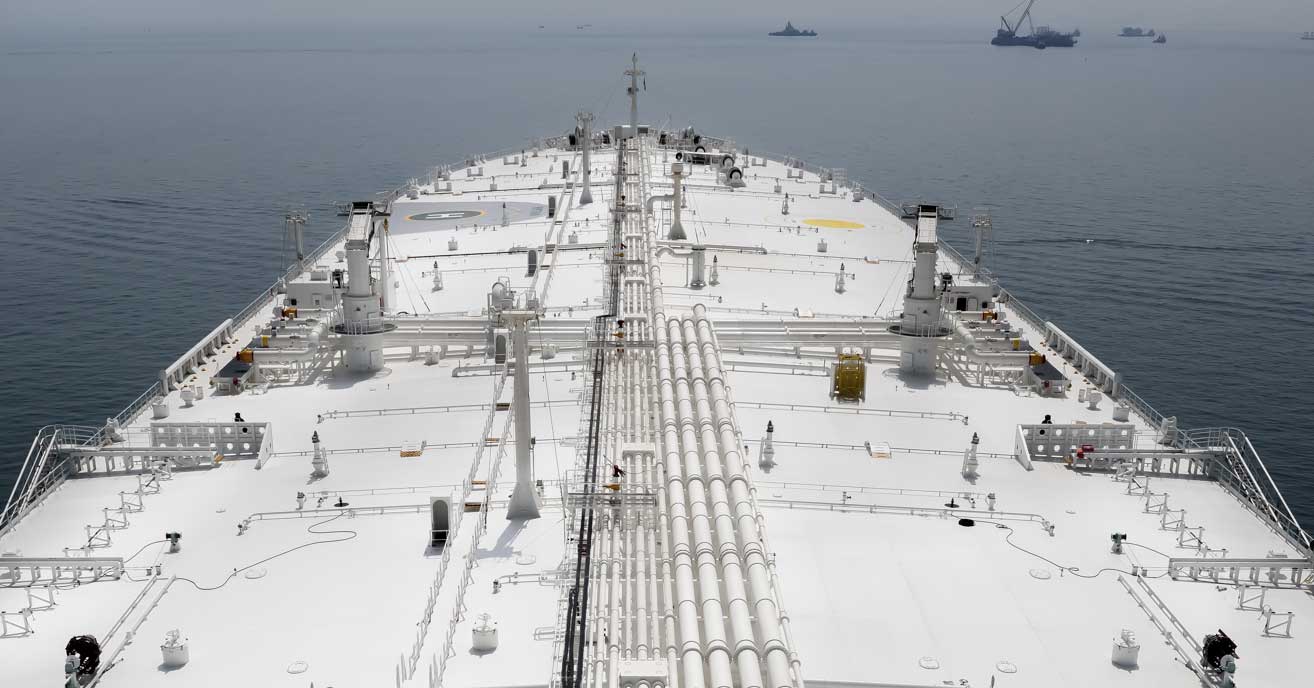Powering Asia’s rapid growth and development
Collaborating in Asia to help meet the region’s goals.

- Aramco is working to anticipate needs as economies and societies begin a massive transformation
- Together with other stakeholders, the Company is researching and developing new technologies needed for transitions in three key areas: energy, mobility and materials
- Aramco has diverse operations and activities in the region
Asia is a global economic powerhouse, and a key market for Aramco across the full spectrum of the Company’s activities.
Home to 4.7 billion people — 61 percent of the world’s population — the continent’s communities vary greatly in their features, and their needs.
With approximately 1.4 billion people apiece, China and India have diverse, fast-expanding economies, led by their scientific and technological prowess. Highly developed neighbors such as Japan and South Korea are also centers of manufacturing, while a slew of emerging states, including Vietnam, Indonesia and Bangladesh, are following the path of former ‘tiger economies’ like Malaysia and Singapore.
Asia’s leading economies have resumed their dynamic growth. Overall, the region’s gross domestic product (GDP) is expected to surge by 8.6 percent this year, and economic growth in the region is expected to continue to outpace the global average, according to the International Monetary Fund.
Building on a long-term presence
Aramco has a long-standing presence across Asia. The Company has historically played a key role in supplying energy to support the region’s growth. In 2020, we were the top crude supplier of China.

Plastic waste is being reused to make new roads in India.
Oil and gas are expected to play an essential role as feedstock for future development of Asian economies. For example, strong, lightweight materials, such as carbon fiber, are expected to be used in the manufacturing of turbine blades. And in India, plastic waste is being reused to make new roads.
Today, Beijing-based Aramco Asia oversees subsidiaries that run refining, petrochemicals and marketing operations in China, Japan, South Korea, India, as well as Singapore. In each of these countries, Aramco provides jobs and training, as well as materials and business activities that contribute to economic development.
Aramco’s petrochemical expertise is expected to continue to support Asian manufacturers, particularly in China, as they develop more sustainable technologies and the products of tomorrow.
An accelerating transformation
Aramco is working in close collaboration with its suppliers and customers to explore emerging technologies and solutions in three key areas that are expected to shape the future of these markets:
The energy transition
The global energy transition anticipates the world’s adoption of lower-emission technologies over time. This transition may require new technologies enabled by advanced, durable materials that may use carbon as a molecular building block.
Aramco is continuing to conduct research and development in the following areas:
- Low carbon fuels
- Carbon capture, utilization and storage at a commercially viable scale
- Potential use of hydrogen as a low carbon energy vector
- Crude to chemicals technology
- Reduction of upstream carbon emissions intensity.
- Nature-based solutions.
The mobility transition
The mobility transition refers to the long-term shift towards hybrids and electric vehicles in an effort to reduce the emissions associated with the transportation sector. This is anticipated to entail taking a life cycle approach towards reducing carbon dioxide emissions in the transportation sector that considers all options, including lower carbon fuels.
Further improvements in the efficiency of ICE engines, including hybridization, is expected to be crucial to reducing emissions from all modes of transportation.
Low carbon hydrogen could play a major role in helping Asia and the world with reducing GHG emissions, especially in hard-to-abate sectors such as power generation, heavy duty transport, shipping, and aviation. Recently, Aramco has sharpened its focus on research and development related to the new technologies needed to enable a future hydrogen-based economy. The Company is uniquely positioned to leverage its know-how to become a global leader in the emerging market for hydrogen.

The materials transition
Building more sustainable energy and transportation systems is expected to require stronger, lighter materials to manufacture the power plants and vehicles that will help the world reduce its emissions.
Carbon molecules are used to make the carbon fibers and performance materials used in wind turbine blades, solar panels, and energy storage devices. They are also used to make insulating and lightweight products that enhance energy efficiency and help reduce emissions.
How these trends will reshape Asia
Speeding the energy transition: capturing carbon
Japan is leading the way in pursuing the potential of hydrogen as a lower-carbon fuel source that will help it meet its decarbonization targets.
In September 2020, Aramco worked on a world first in this emerging sector: a pilot project with the Institute of Energy Economics, Japan (IEEJ), in partnership with SABIC and with the support of Japan’s Ministry of Economy, Trade and Industry, to ship 40 tons of “blue” ammonia — which offers a convenient way to store and transport hydrogen — for use at a low-carbon power plant in Japan.

Shipping provides a convenient way to store and transport hydrogen.
Blue ammonia, a technology that is not yet commercially viable, is produced from fossil fuels with the resulting carbon emissions being captured and stored or reused. The success of this pilot project was an important milestone and demonstrated the potential for hydrogen as an energy solution.
In South Korea, meanwhile, Aramco is collaborating with a CO2 management center that is developing innovative solutions for carbon capture, conversion, storage and emissions avoidance.
Driving the mobility transition: more sustainable energy solutions
Aramco is exploring multiple avenues in the search for more sustainable energy solutions, especially with conventional petrol and diesel vehicles, which make up a significant part of the mobility market.
Research is focused on three key areas:
- Improving the efficiency of engines using gasoline compression ignition technology;
- Capturing carbon emissions on the move;
- Making lighter vehicles with the use of non-metallic materials rather than steel, reducing both fuel needed and emissions.
Although not yet commercially viable, Aramco partnered with Tsinghua University, Chinese engine maker FAWDE and the Shandong Chambroad Petrochemicals Company in a three-year collaboration that built a pioneering heavy truck that achieved 90 percent lower nitrogen oxide (NOx) emissions compared to a conventional model. This was achieved by improving the fuel, the engine, and the treatment of combustion gases, removing harmful emissions before they leave the exhaust.
In partnership with Tsinghua University, the Company is also developing Catalytic Crude to Chemicals (CC2C) technologies. These advanced techniques enable crude oil to be converted directly into petrochemicals used in manufacturing.
The Company’s experts are also contributing to the China Automobile Low Carbon Action Plan, which aims to help China start cutting national CO2 emissions by 2030.

Contributing to the materials transition: China in focus
The scale, sophistication and openness to innovation of China’s manufacturing economy, and the size of its domestic and export markets, dovetails perfectly with Aramco’s strengths in oil, gas, refining, and petrochemicals.
The Company has a research center in Beijing that focuses on geology, geophysics, reservoir engineering, refining, chemicals, and sustainable transport. These cover the upstream and downstream of the oil & gas industry.
Aramco is also working on advanced composites for use in construction, wind turbines, solar panels, and non-metallic pipes to replace steel, alloys and concrete used in construction and infrastructure projects.
Building tomorrow, together
Asia is a dynamic and innovative economic powerhouse, pioneering both technology and its adoption as it embarks on an unprecedented transition to a low-carbon future in energy, mobility and materials. Aramco is a key player in these fields, contributing both technology and expertise to this transition.
“Reliable, affordable, and sustainable energy systems are mission-critical,” said Amin H. Nasser, Aramco president and CEO, “to delivering economic prosperity and meeting society’s expectations.”
More from Elements
The material in this article is intended to be for general informational purposes only, and readers should not place undue reliance on the statements or opinions therein. Any information provided speaks only as of the date this content was published and Saudi Aramco undertakes no obligation to correct, update, or revise any statements or opinions made in or implied by this article.



